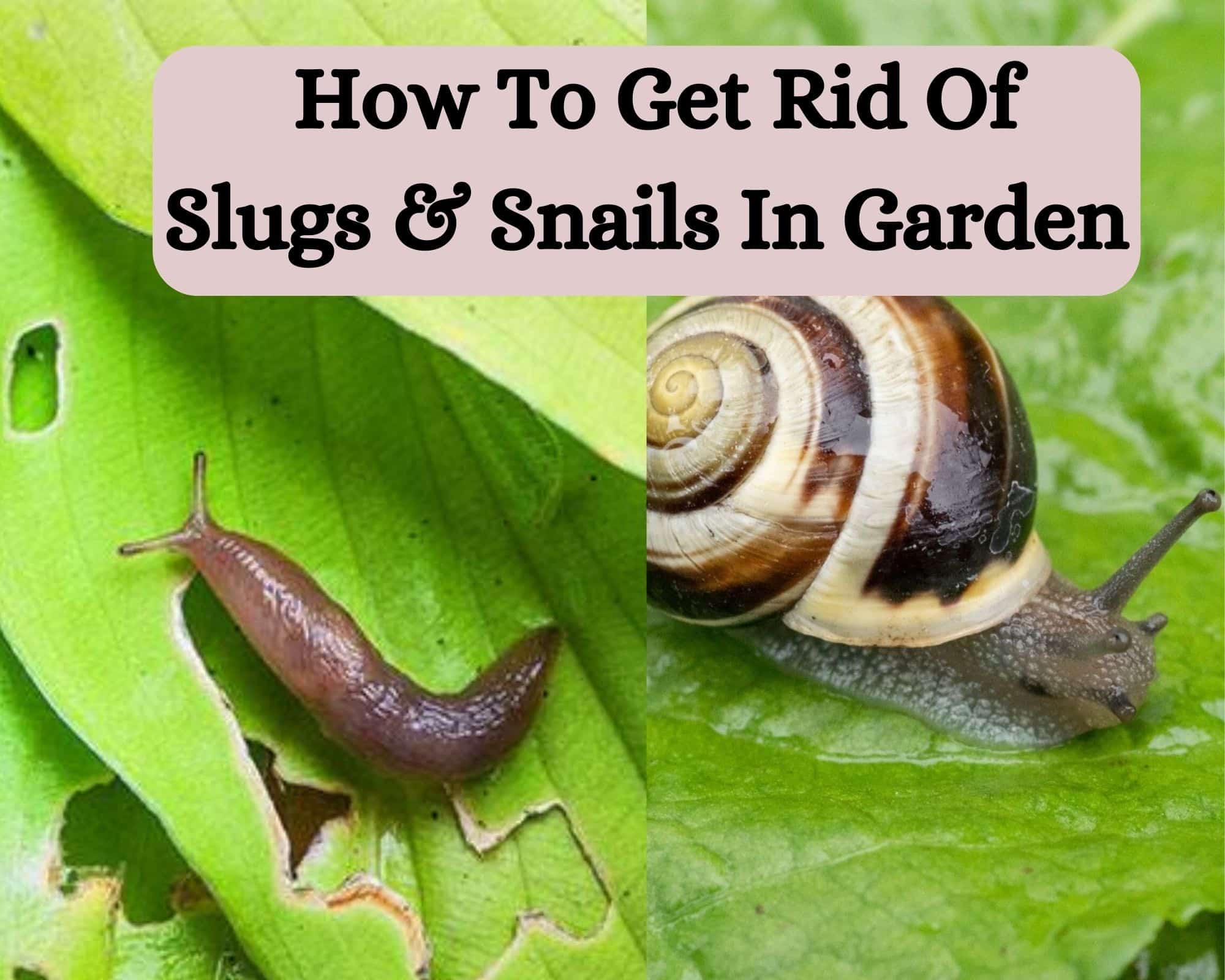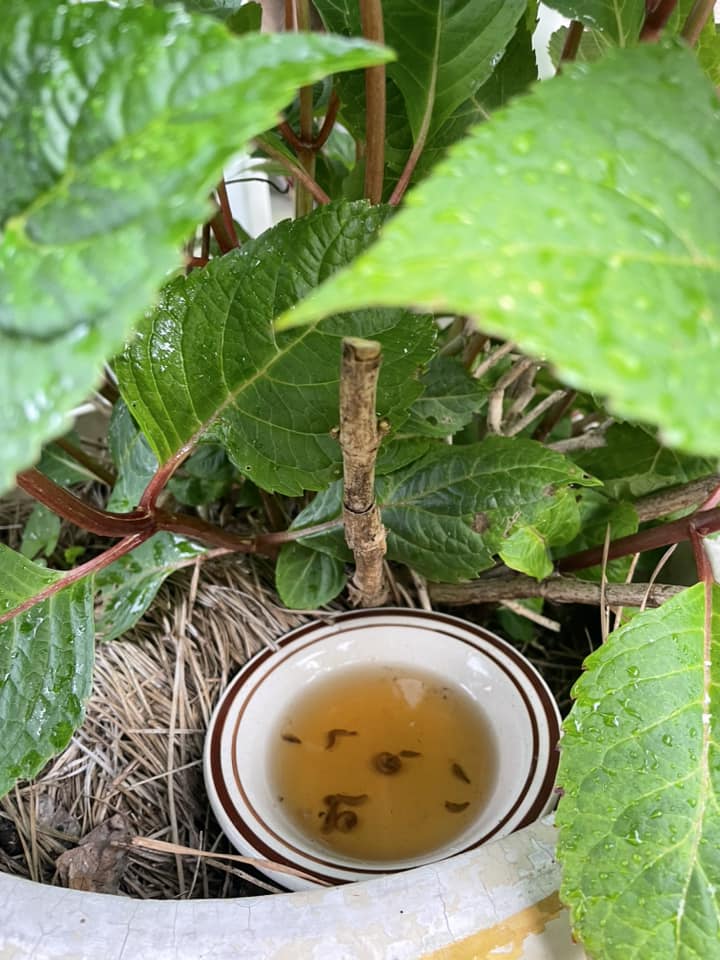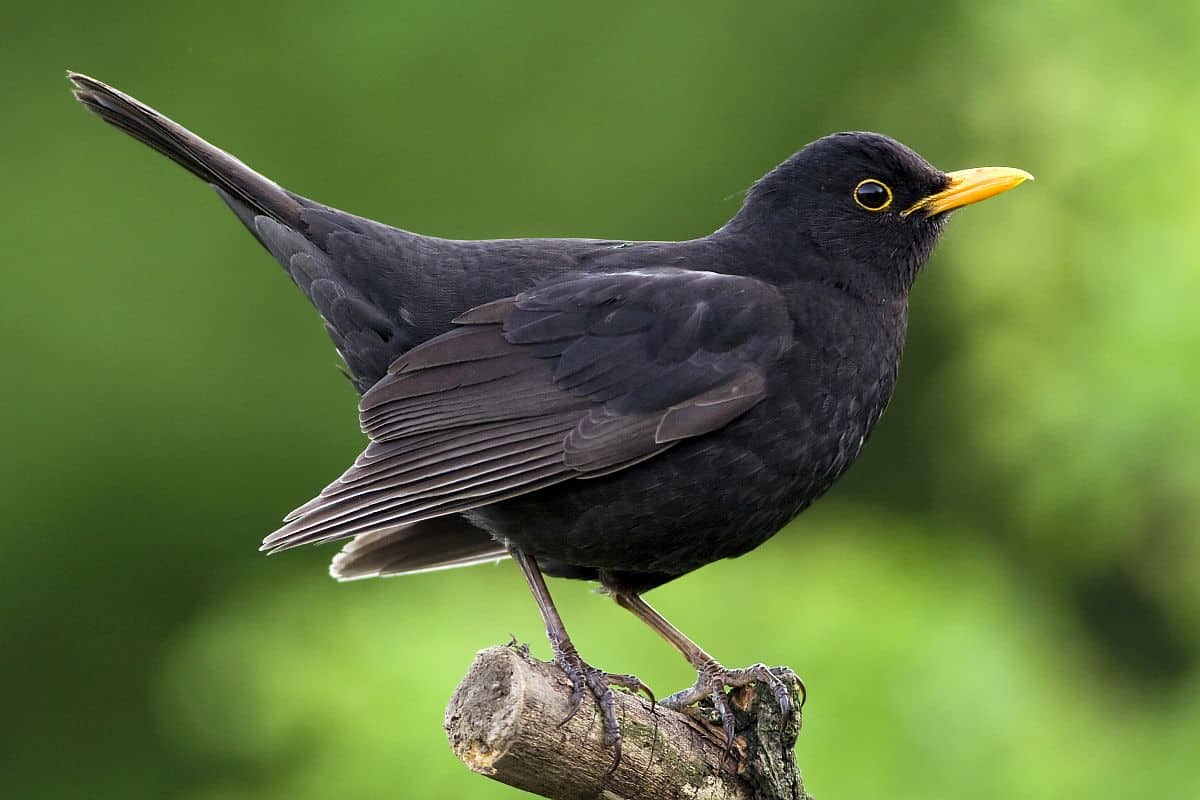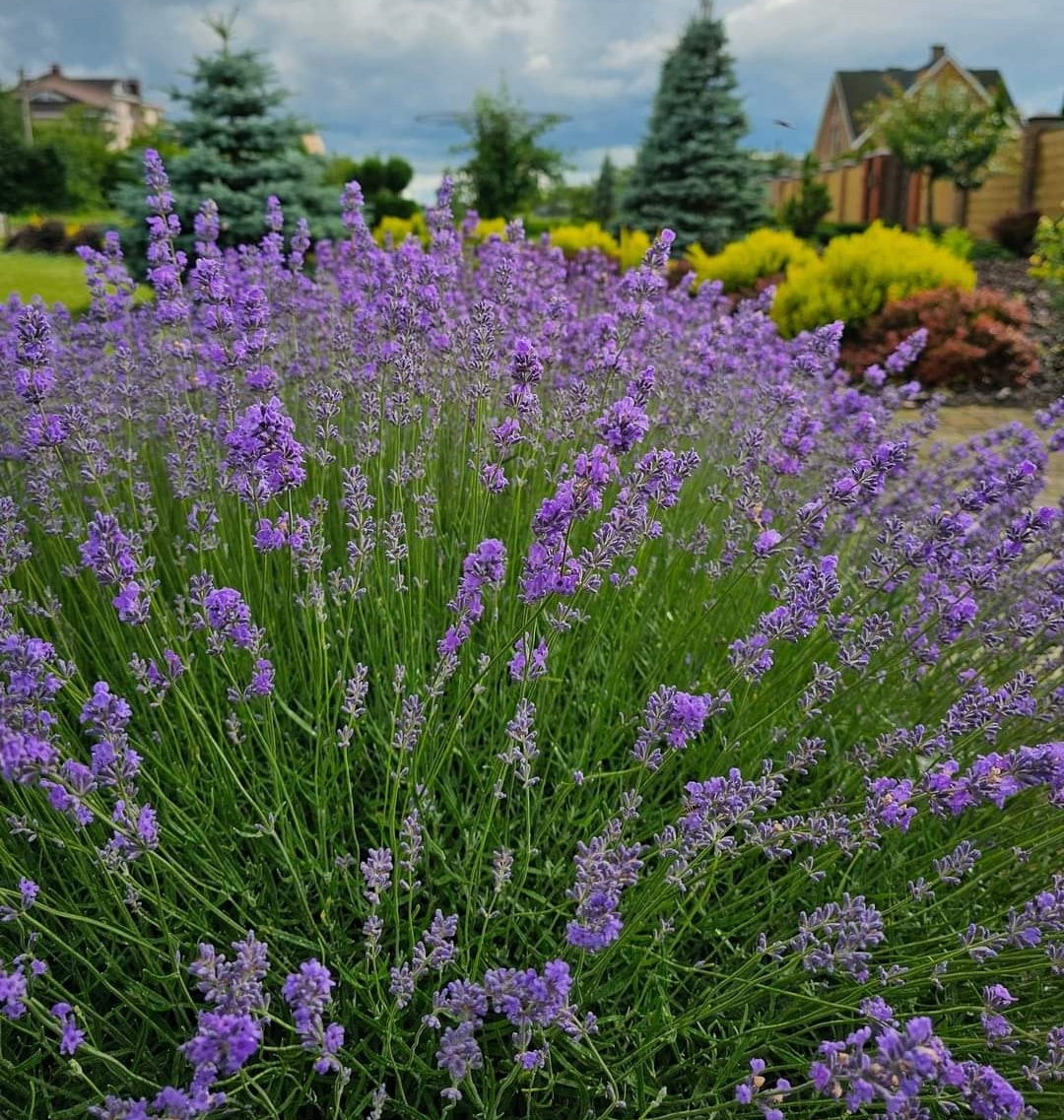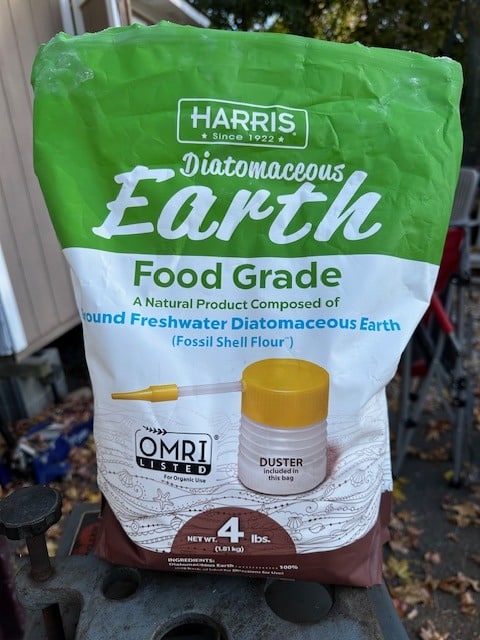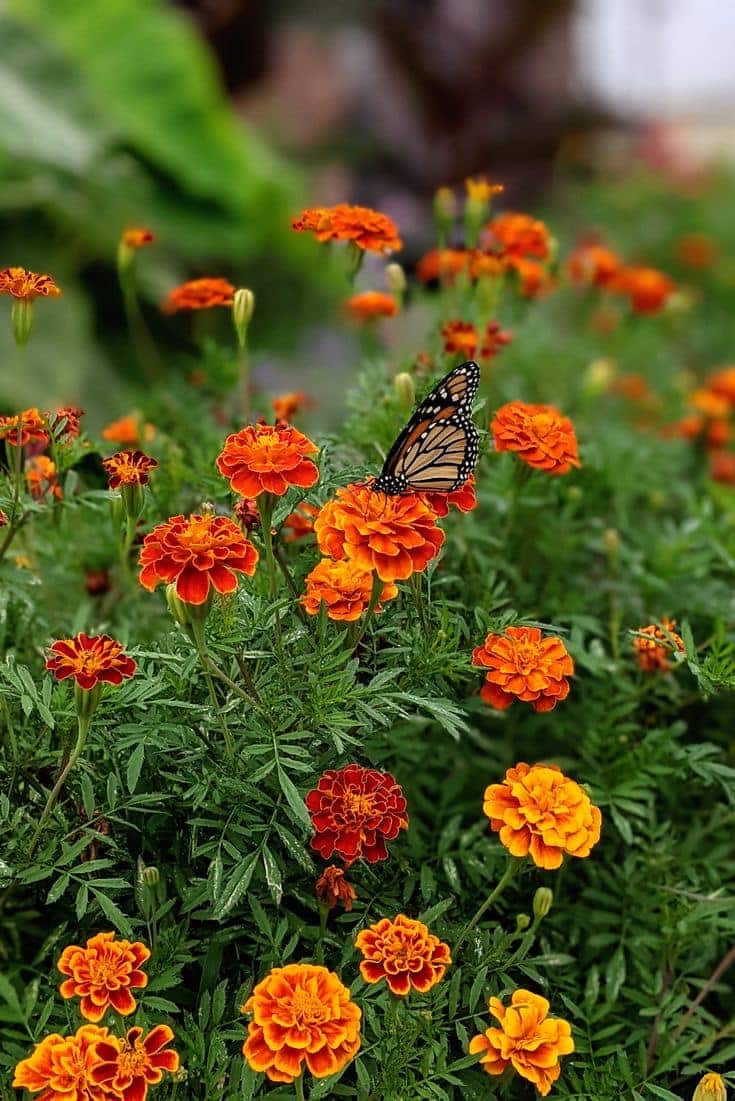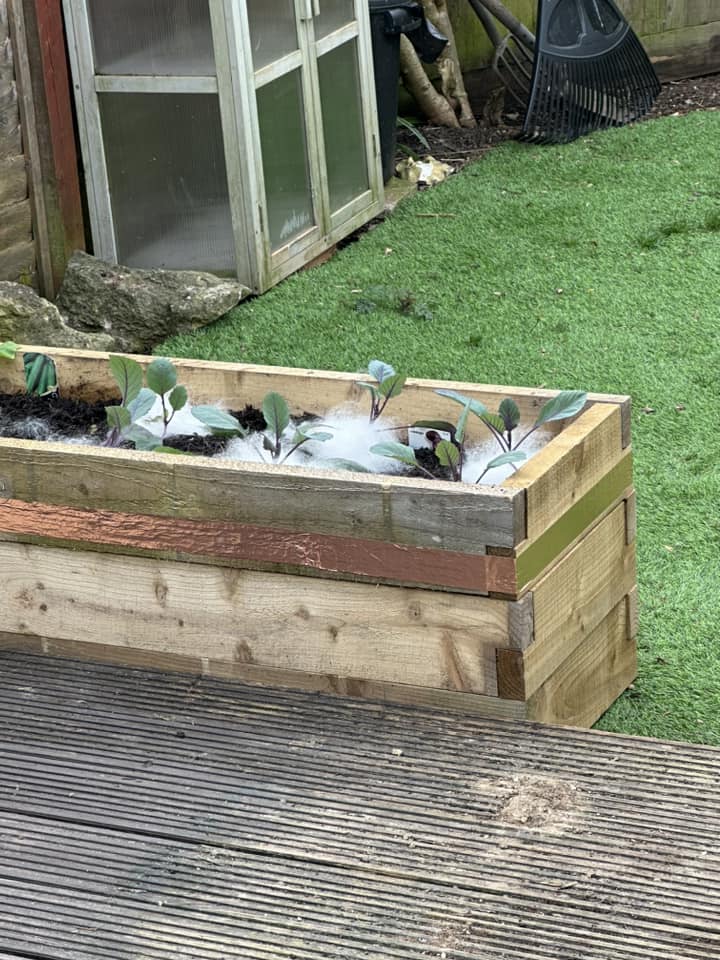With the ability to munch their way through tender leaves and seedlings with voracious appetites, slugs and snails can be a gardener’s worst nightmare. In no time, these slimy creatures can leave a trail of destruction, damaging your precious plants.
They seemingly appear out of nowhere during moist and damp weather, and although they move slowly, that doesn’t make them less harmful.
While chemical pesticides well-suited to kill snails and slugs are readily available, why not try eco-friendly techniques and methods? They will help you eliminate these creatures without adversely affecting the environment or your plants.
17 Ways To Get Rid Of Slugs And Snails In Garden
1. Handpick Them
This approach can be quite effective if you commit to regularly handpicking and getting rid of any slugs and snails you find in your garden. Inspect your garden in the evening, night, and early morning when it’s cool and damp. Check the leaves, stems, and soil around your plants for snails and slugs, including slime trails.
Carefully pluck snails or slugs off the plants or soil using your gloved hands, and then drown them in soapy water to guarantee they won’t return. Alternatively, release them far from your garden if you’d rather avoid killing them.
Note
Avoid this method if you’re squeamish.
2. Beer Trap
Slugs are fond of beer, so use this beverage to attract and kill the snails and slugs in your garden. Bury shallow open containers into the ground near vulnerable plants, ensure the rim is level with the ground, and fill them halfway with beer.
The scent of beer will lure the snails and slugs, causing them to crawl into the containers and drown. Renew the beer regularly since stale beer loses its effectiveness.
Read More:
- How To Use Eggshells As Organic Pest Control
- Plants That Repel Bugs {Indoor and outdoor}
- Should You Kill Tomato Hornworms
- How To Get Rid of Moles In Yard and Garden
3. Citrus Traps
Like beer, slugs and snails love fruits. So, consider controlling the population in your garden with citrus traps—place halves of your chosen citrus fruits, perhaps oranges or lemons, upside down around your garden.
Excellent positions include near vegetable patches, flower beds, or other parts with vegetation. Snails and slugs will take cover underneath the peels when it’s hot.
4. Encourage Natural Predators
Let slug and snail-hungry predators inhabit your garden, and they will gladly feed on them, thus controlling their population. For instance, many bird species like thrushes, blackbirds, chickens, and ducks are voracious predators of slugs and snails, so you could install bird feeders, bird baths, and nest boxes to attract them.
Alternatively, keep some chickens in your home. Also, establish habitats suitable for amphibians like frogs, toads, and salamanders. Consider creating shallow ponds or moist areas with dense vegetation.
Read More: How To Get Rid Of Japanese Beetles
5. Nematodes
Beneficial nematodes penetrate snails and slug body cavities, infect them, and cause them to die within a few days. This biological control is best suited for small gardens. Water your garden with a nematode and water solution.
6. Grow Plants Slugs and Snails Dislike
While not many, there are some plants that slugs and snails dislike and will actively avoid due to their strong scent, aromatic oils, or tough foliage. These plants include geraniums, sage, garlic, chives, fennel, ferns, mint, thyme, rosemary, and lavender.
Intersperse deterrent plants among your garden beds or use them to create borders around vulnerable areas. Alternatively, plant them alongside susceptible crops to provide natural protection.
Read More: How To Get Rid Of Mealybugs Naturally
7. Diatomaceous Earth
Diatomaceous earth’s sharp edges can pierce slugs and snails’ soft bodies, causing dehydration and death. Sprinkle a thin layer of DE around where slugs and snails are active, like the base of vulnerable plants and along garden paths.
Reapply it frequently since rainfall washes it away, and wind can blow it away.
8. Coffee Grounds
Compounds like caffeine and diterpenes in coffee grounds are known to repel slugs and snails. Get used coffee grounds from a coffee shop, espresso machine, or coffee maker. Then, sprinkle them around the base of susceptible plants or along garden paths.
Besides keeping snails and slugs away, coffee grounds add organic matter to the soil.
9. Eggshells
If snails and slugs try to crawl over broken eggshells, the sharp edges will hurt them, deterring them from approaching your plants. Also, as eggshells break down, they neutralize acidic soil and provide calcium for plants.
After using eggs, thoroughly rinse and crush the eggshells, then crush them. Next, sprinkle them around vulnerable plants or along your garden pathways.
10. Wood Chips, Bark, or Gravel Barrier
Make it difficult for slugs and snails to cross over to your plants by strategically spreading wood chips, bark, or gravel around your garden or plants. Besides deterring slugs and snails, wood chips and bark help control weed growth and soil temperature and retain moisture.
Coarser wood chips provide better drainage and aeration, while finer chips offer better moisture retention. Pine bark mulch is particularly effective due to its natural oils that repel slugs and snails. Avoid using dyed or treated bark mulch, as these may contain chemicals harmful to plants and soil organisms.
Also, don’t use fresh wood chips that haven’t undergone decomposition because they can temporarily tie up nitrogen in the soil during the decomposition. If you use gravel, make the layer thick enough to deter slugs and snails effectively, and avoid fine gravel, as it can become compacted and hinder drainage.
11. Grow Sacrificial Plants
Divert slugs and snails away from your valuable plants using sacrificial plants. Plant them on your garden’s perimeter or around the edges of vulnerable plants. Excellent sacrificial plants for deterring snails and slugs include marigolds, delphiniums, lettuce, and hostas.
Select plants that grow quickly. Ensure you can easily replace or replenish them as they become damaged by slugs and snails. Monitor your sacrificial plants for signs of slug and snail damage. Handpick slugs and snails from sacrificial plants and immerse them in soapy water.
Implement a continuous planting cycle for sacrificial plants to ensure a constant supply of attractive foliage for pests.
12. Organic Slug Pellets
This off-the-shelf substance offers a modern, natural solution to a slug and snail invasion. When slugs and snails consume organic slug pellets, the active ingredient disrupts their feeding behavior, leading to reduced appetite and eventual death.
Scatter the pellets evenly around vulnerable plants and in areas where slugs and snails are most prevalent. Do not place them directly on plant foliage. Moreover, although slug pellets are non-toxic to animals, there have been reports of dogs getting ill from ingesting them, so avoid this method if your pets go outside.
13. Corn or Wheat Bran
The texture and scent of corn or wheat bran attracts snails and slugs, and when they consume it, their digestive system expands, causing them to stop feeding and eventually die. Therefore, sprinkle this substance strategically around your garden and lightly spray it to ensure it is moist to control slug and snail populations.
Moist bran is more attractive to slugs and snails and remains effective longer. This method is completely organic, biodegradable, and non-toxic. After using corn or wheat bran to kill snails and slugs, you can add it to your compost pile.
14. Wool Waste
This wool-manufacturing process by-product helps to keep snails and slugs out of your garden in two ways. First, wool waste’s coarse texture is uncomfortable for slugs and snails, so they will avoid crawling over it.
Secondly, it can help keep the soil around your plants dry by absorbing moisture, thus reducing slug and snail activity. Use wool waste products from natural, untreated wool because they are more effective and gentler for the environment than synthetic materials.
15. Sand
Create a rough, abrasive sand surface by scattering sand around your plants and, in turn, protect them from slugs and snails by deterring or slowing them down. Use coarse instead of fine sand because it creates a more challenging surface for slugs and snails to navigate while providing better drainage and aeration.
16. Surround Your Garden Bed or Plants With Copper Tape
Copper sends a jolt of electric shock on snails and slugs when they come into contact with it, causing discomfort and deterring them from crossing the barrier to your plants. Copper barriers provide season-long protection against snails and slugs.
Affix copper tape or mesh firmly around your plants or garden bed, ensuring you don’t leave any gaps slugs and snails can exploit. Instead of copper tape, you can glue copper pennies around your garden bed’s perimeter or sprinkle it around the soil.
17. Make Your Garden Unfriendly To Slugs and Snails
Deprive slugs and snails of potential hiding spots by tidying up your garden. Remove excess vegetation, old pots and containers, weeds, and overgrown areas. In addition, aerate the soil regularly and ensure proper drainage.
When it comes to watering your plants, do it in the morning since snails and slugs are most active at night. This approach gives the soil sufficient time to dry before the night comes. Also, water your plants only when necessary and avoid excessive irrigation.
Conclusion
Nearly all the plants in your garden are vulnerable to slug and snail attacks, but they especially love kale, cabbage, lettuce, beans, and basil. However, these creatures don’t have to be your garden’s demise. Incorporate the above natural methods and welcome a snail and slug-free thriving garden.

I’m Mike Hyle, an exterminator with 7+ years of experience handling all sorts of pests, including mice, cockroaches, bed bugs, and termites. I also write for Pest Solutions DIY blog to share my knowledge and help homeowners keep their homes pest-free. Outside work, I enjoy hunting, snowshoeing, and exploring nature. Check out my blog for helpful pest control tips!

